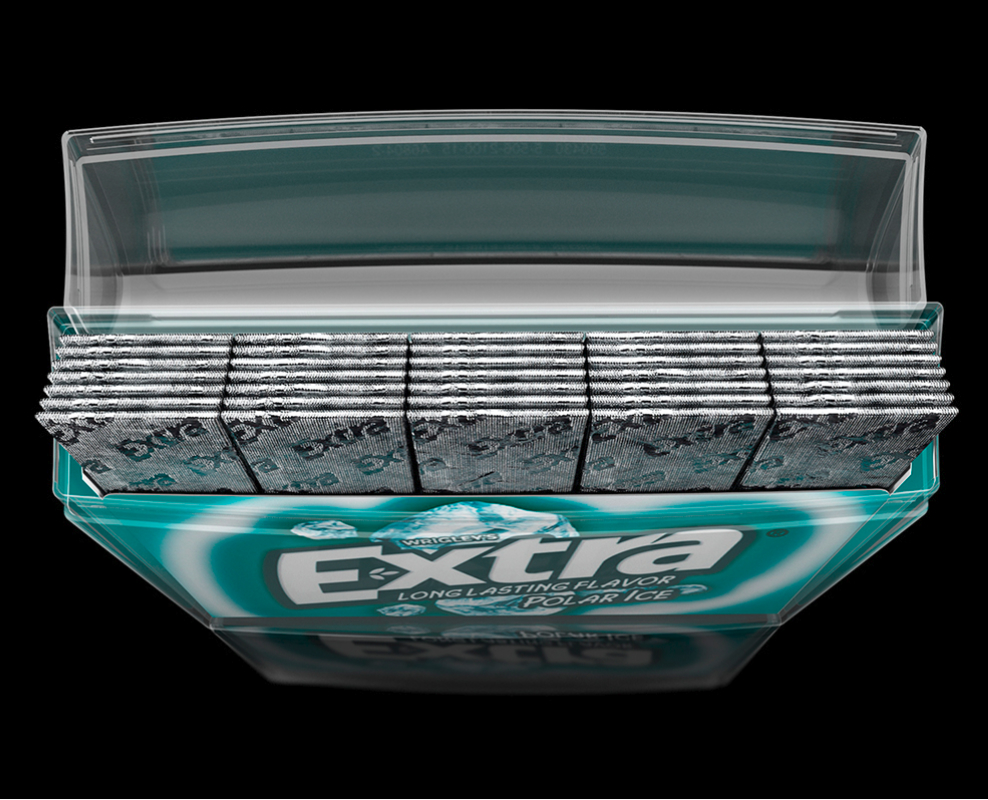
CHICAGO — The innovation team at Mars Wrigley’s headquarters in Chicago has been using the “design thinking” process for about the past seven years to drive value in its brands. How the company uses the design thinking concept was explained on Sept. 12, when the company hosted a Chicagoland Food & Beverage Network innovation breakfast at its offices.
Design thinking is described as a way to unleash people’s full creative energies, win their commitment and improve processes. It is a non-linear process with a cross-functional team that explores consumer insights and tests and retests prototypes.
“Design thinking is both a mindset and a human-centered method for the practical, creative resolution of complex problems,” said John-Paul Doyle, senior creative director — innovation with Bluedog Design, L.L.C., Chicago, a consultancy focused on developing strategic insights.
Lisa Saxon Reed, global director — sensory at Mars Wrigley, a division of Mars, Inc., said design thinking is an innovation journey that puts the needs and wants of consumers at the center of all creative and organizational efforts. It solves a problem, one that may not be defined or even unknown.
Products developed using the design thinking approach should garner shoppers’ attention, attract interest and deliver value to the user. Design thinking is a powerful problem-solving process, Mr. Doyle said. It involves understanding unmet customer needs through empathy and immersion, reframing problems, ideation, prototyping, and iterative testing and learning. It is much more than like or dislike.
“Make the idea real,” Ms. Saxon Reed said. “Make the product. Give it to people to try. Get it into people’s hands. Then adjust, make it again. Repeat.”
Mr. Doyle agreed, “Sensory interaction is crucial for creating an experience consumers are delighted by.”
Sensory science once meant dialing in taste and texture. In the hands of design thinkers, it has been transformed into a consumer-centric tool that unlocks unexpected solutions and new emotional connections.

Ms. Saxon Reed provided the example of the 2017 introduction of the Extra mega-pack of sugar-free gum. The mainstay Extra package has 15 sticks and is a top seller for Mars Wrigley. But what the company was hearing from its customers is they wanted to be able to have more gum with them so they did not run out, explained Ms. Saxon Reed.
“We previously launched packs with more gum that did not succeed in market,” she said. “Using design thinking, we learned that a package ‘with a lot of gum’ needed to be durable and keep the product fresh. That is the need we were looking to meet with Extra mega-pack.
“We developed a package that closed and provided a tactile and auditory click. Then we delivered a value proposition: the package now held 35 sticks.”
She explained it is critical to know your target consumer and build the product and package to meet their needs. The company figured that out with its caffeinated Alert gum, which comes in a blister pack in a one-of-a-kind plastic package. Part of this design is to raise awareness that it is not ordinary chewing gum.
The product is for consumers over 18 and are seeking an energy boost. Taste is not a barrier. They want a caffeinated gum.
When the product was first launched in 2013, it was called Alert Energy Gum. To eliminate confusion, the product is now marketed as Alert Caffeine Gum, with one piece containing 40 mg of caffeine, the equivalent to a half-cup of regular coffee.
Design thinking can define the sensory interface between brands and humans. It allows innovators to give consumers what they don’t even know they are missing.




